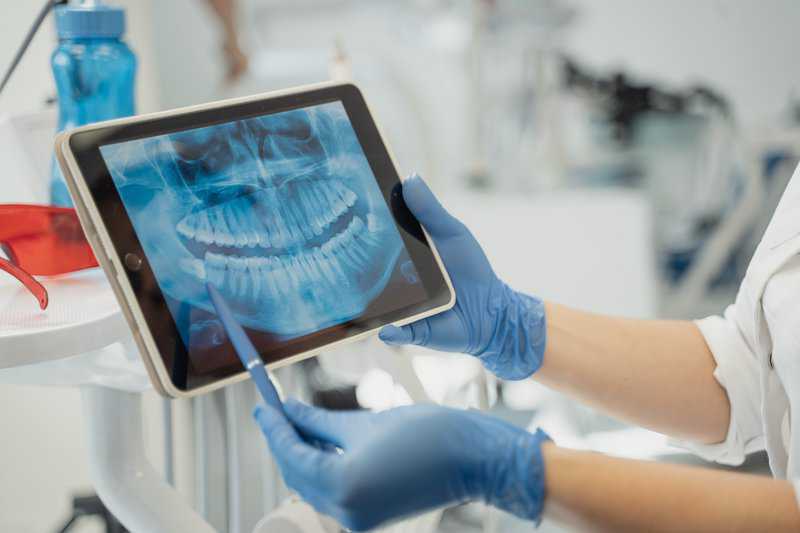
Gum recession, also known as gingival recession, is a common dental concern that many people face. It occurs when the gum tissue surrounding the teeth wears away or pulls back, exposing more of the tooth’s root. Gum recession can be distressing, and many patients want to know whether or not it’s reversible. To properly answer that, your dentist in Strongsville would want to know several things such as the cause of gum recession, before they can recommend a potential treatment to reverse it.
What Causes of Gum Recession
Gum recession can be triggered by several factors, both preventable and unavoidable. Some of the primary causes include:
Can Gum Recession Be Reversed?
The extent to which gum recession is reversible largely depends on its underlying causes, severity, and how quickly you see your dentist in Strongsville for it. While it’s challenging to completely reverse gum recession in all cases, there are scenarios where it can be improved.
If gum recession is detected at an early stage and is primarily caused by poor oral hygiene habits, improvements in brushing, flossing, and regular dental cleanings might help prevent further recession and even promote some natural regrowth.
Addressing the root causes of gum recession is vital for potential reversal. Treating gum disease, adjusting misaligned teeth, or managing bruxism can halt the progression of recession and allow the gum tissue to heal and regenerate to some extent.
In more advanced cases where the gum recession is substantial and conservative measures aren’t sufficient, gum grafting can be considered. This surgical procedure involves taking tissue from another part of the mouth and attaching it to the receded gum area. This can help cover exposed tooth roots, reduce sensitivity, and improve the appearance of the gums.
Avoiding habits like aggressive brushing and smoking can prevent further gum recession and support the body’s natural healing processes.
How to Prevent Gum Recession
While complete reversal of gum recession may not always be possible, taking proactive steps to prevent its onset or progression is crucial for maintaining oral health. Here’s what you can do:
The possibility of reversing gum recession relies on various factors, including the underlying causes and the stage at which it’s addressed. While complete restoration might not always be achievable, early detection, appropriate treatment, and following good oral hygiene practices can help prevent further recession and promote gum tissue health.